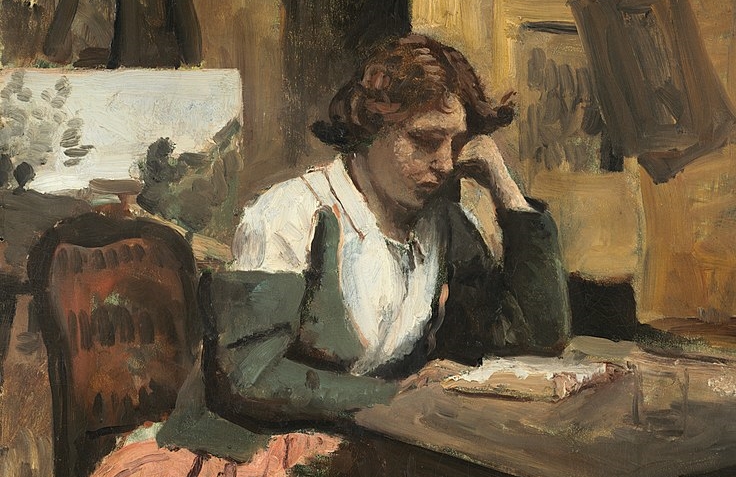Macroeconomics isn’t child’s play – but it can be a topic of children’s literature. It is certainly no exaggeration to say that for most people, the first introduction to the theme of distributional justice has been Robin Hood’s crusade against the Sheriff of Nottingham. Other books, too, contain a wealth of economic references, including Tom Sawyer’s entrepreneurial exploits or Pippi Longstocking’s disdain for printed money (as opposed to solid gold coins which she inexplicably acquired from her father).
A new study for the Friedrich Naumann Foundation for Freedom takes a closer look at how economic topics are dealt with in books for children and young adults. Hans Jürgen Schlösser, Michael Schuhen, and Helene Schlösser examine classics such as David Copperfield and Tom Sawyer as well as recent bestsellers and works of non-fiction. Their trawl through three centuries of children’s and young adult literature reveals common themes, outdated clichés, and various examples of pedagogically valuable treatments of economic topics. As such, the complete study is not only a worthwhile read for anyone interested in the didactics of economics but also a helpful guide for parents in search of a fitting birthday present.
“Children’s and young adult literature shapes economic worldviews at an early age”, the authors of the study conclude. Attitudes to profit, wealth, and competition are first formed in response to encounters with literary heroes and villains. In many cases, economic concepts are only dealt with in a rudimentary fashion: money is simply available and wealth is boundless.
Other books, however, a much more instructive. Charles Dickens’s masterpiece David Copperfield, for instance, “paints a subtle picture of social and economic conditions during the 19th century” whereas Robinson Crusoe celebrates human ingenuity and technological progress. Similarly, Harry Potter, Molly Moon, and The Magic Flower Shop discuss currency conversions, purchasing agreements, and many other examples of economic interactions.
More recently, works of literature have been supplemented with fiction that has an explicit educational objective. For example, the economic journalist Nikolaus Piper takes young readers from a parental petrol station to the stock exchange whereas Lara Bryan and Andy Prentice acquaint the young readers with the Nobel Prize-winning economist Elinor Ostrom and the problem of the commons.
Parents and teachers are faced with a myriad of choices.
“Some of the works are supportive of free markets, while others are highly critical of capitalism and globalization”, the authors note. “In the latter case, businesspeople are described in critical to unflattering terms. In such cases, illustrations often refer to the cliché of the businessman smoking a cigar. Wealth and profit are judged based on whether they were acquired legitimately or not.”
In light of studies emphasizing the importance of early childhood encounters with ideas and concepts, these accounts should be taken seriously. Cliché-ridden accounts of entrepreneurship can translate into hostility to free markets at a later age. Vice versa, a nuanced understanding of economic concepts at an early age can bring in large returns later. Economic literacy, after all, is no witchcraft.
Continue exploring:
Climate Change: Hot Town – Summer in City
Indoctrination HiTs Polish Schools – New Subject Introduced by Polish Government



